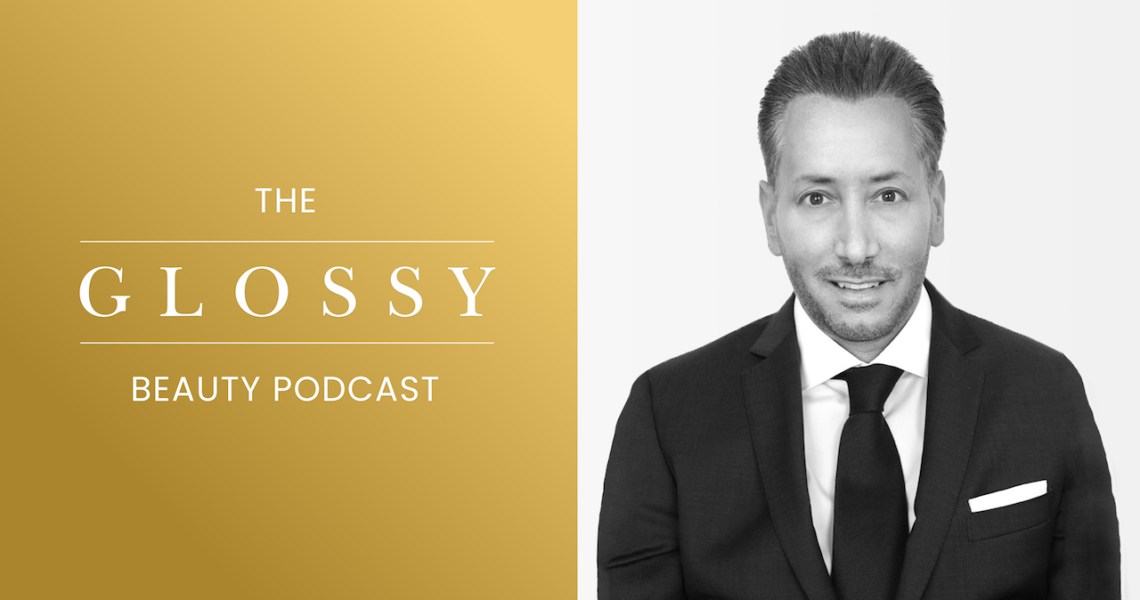Subscribe: iTunes | Stitcher | Google Play | Spotify
Scott Oshry didn’t get into the beauty industry because of a life-long love of cosmetics or hair care. He, alongside his college friend Sean Brosmith, created the CD storage sleeve in the early ’90s, which solved a basic need through design.
Still, as he put it on the Glossy Beauty Podcast, that experience of making a suite of successful products informed Oshry’s work as partner and CMO of beauty brand incubator Maesa. Though Maesa has been in business for 25 years and helped build private-label lines for Target, Zara and H&M, largely in the fragrance category, it has shifted its focus to get companies like Flower Beauty, Hairtage by Mindy McKnight, Kristin Ess and Believe Beauty off the ground.
Before starting Flower Beauty with Drew Barrymore, for instance, Oshry recalled the moment when he realized that “instead of building up other people’s brands, we should be building up our own.”
In this way, Maesa went from a hit-maker behind the scenes to one that has just started to flaunt its prowess publicly — a majority stake from Bain Capital in 2019 certainly helped.
“We’re a 25-year-old company, so we’ve constantly been growing,” Oshry said. “We grew at about 50% just domestically last year, and we’ll grow another 60% domestically this year,” he added. In 2020, Maesa expects to reach $310 million in revenue.
Ad position: web_incontent_pos1
Here are a few highlights from the conversation, lightly edited for clarity.
Playing the long game
“I have a lot of ‘isms’ around the office, and one of my favorite statements is ‘Any fool can launch a product, but it takes a genius to create one that’s sustainable,’ so we try to build sustainable brands. … Retailers, beauty brand incubators and to some extent some of the heritage beauty brand owners are trying to answer this insatiable appetite by just throwing a bunch of stuff out here.”
Democratizing quality products
“When I was in high school, all I wanted to be was a car designer. I remember when my dad took me to the Art Center [College of Design in Pasadena] and we walked into the gallery, I was looking at all these student projects and the design was just blowing my mind. These were all just hand-made models that were painted and fabricated to look realistic. When I left the school and I was driving home with my dad, I just had this epiphany in my mind. … I thought to myself, ‘Wow, good design doesn’t have to be more expensive. Great products should be for everybody, great design should be for everybody.’
Taking a celebrity like Drew Barrymore from face to founder
“We sat around and had a moment whereby we said, ‘We’re so busy supplying other companies’ — and we wanted to continue to do that, but [also thought,] ‘We should also be taking that same knowledge, that same intellectual capital, and instead of building up other people’s brands, we should be building up our own.’ And knowing that Walmart was my No. 1 customer in the past, by default I said to myself, ‘We should be making our own brands, and our first customer should be Walmart,’ because they are the No. 1 in consumers of beauty right now.”




